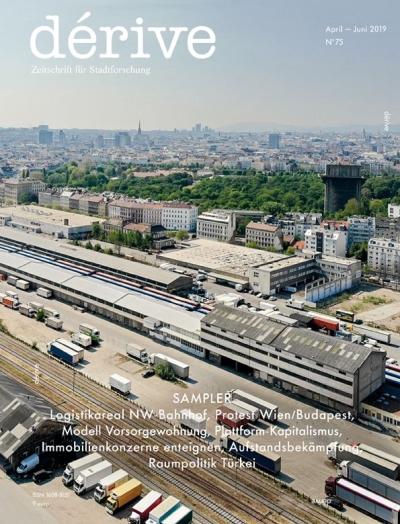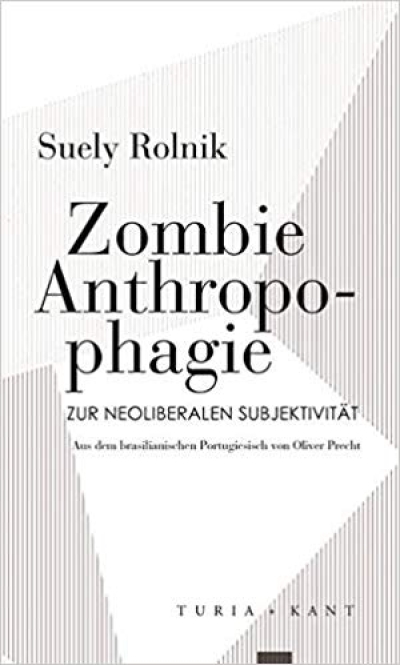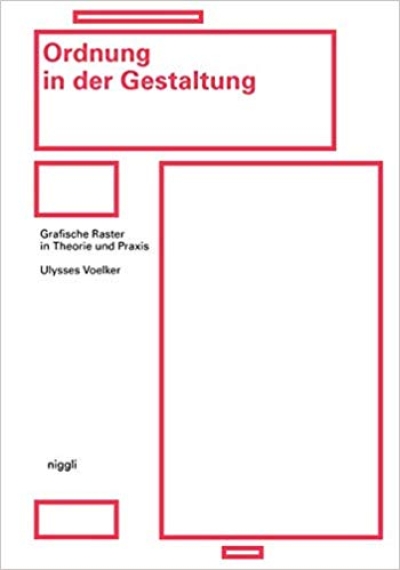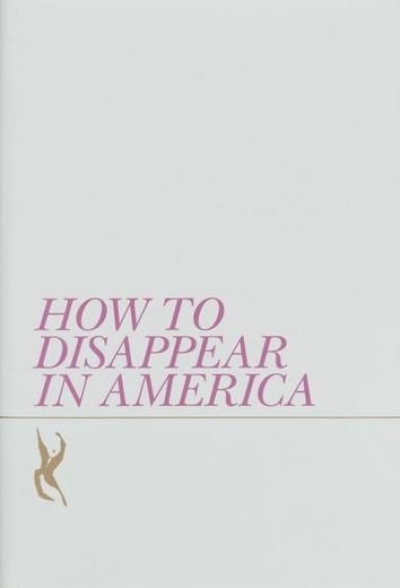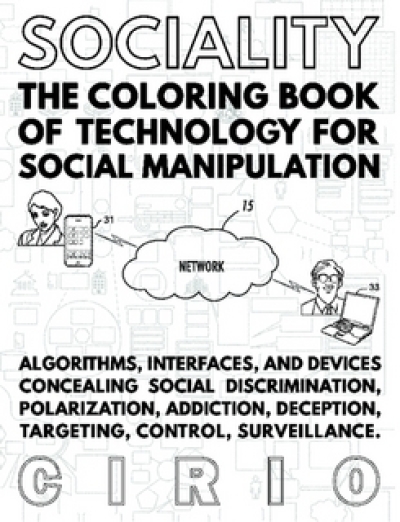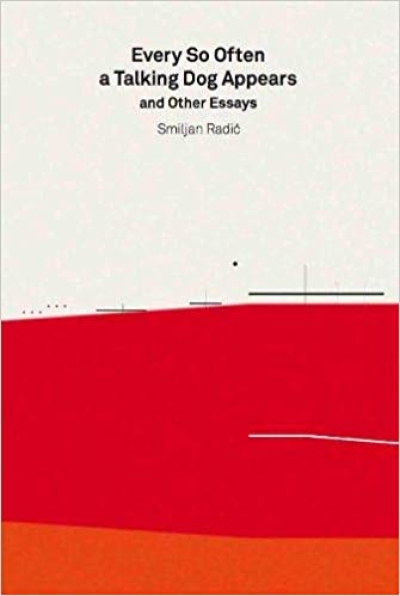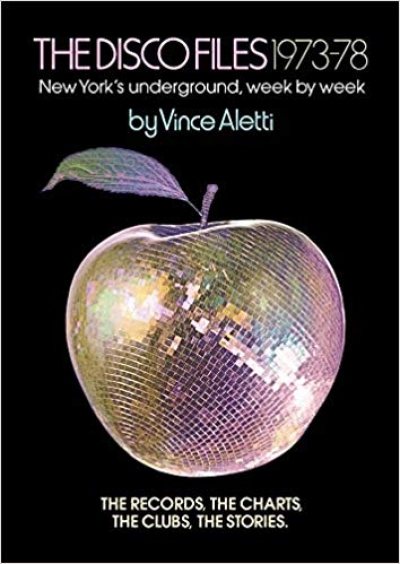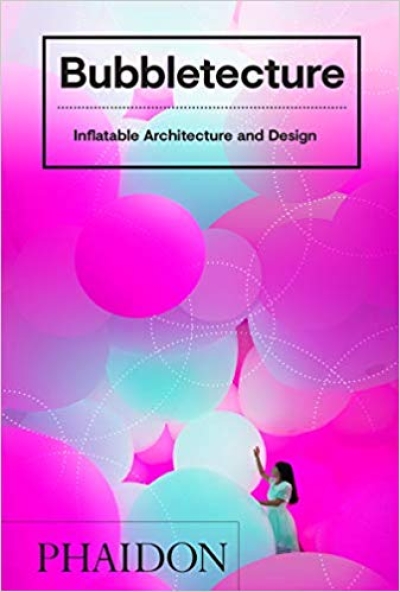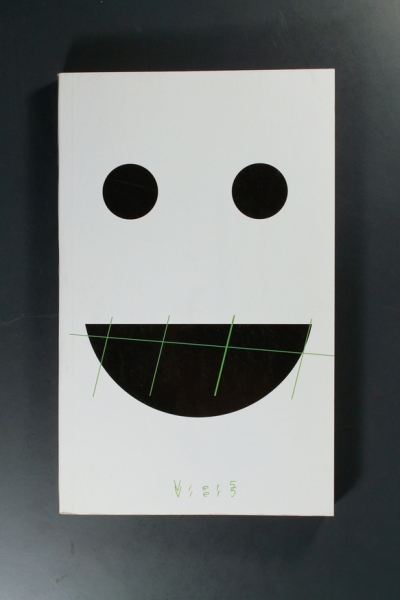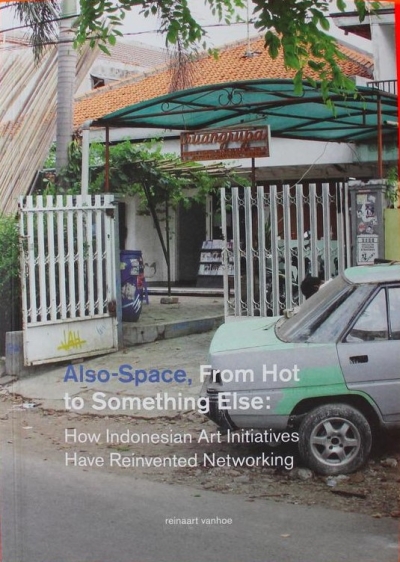
Niegeschichte. Science Fiction als Kunst- und Denkmaschine
Mit Niegeschichte liefert Dietmar Dath eine Einführung in sein liebstes Thema: Science Fiction. Seine kenntnisreiche Theoriegeschichte und persönliche Genre-Erkundung ist eine Einladung an alle, spekulative Literatur als hochrelevant für unsere Zukunft zu begreifen – gerade weil sie von dem erzählt, was so nie stattfinden wird. Egal ob als Serie auf Netflix, im Radio oder als Comic oder Buch: Science Fiction erlebt in den letzten Jahren eine Wiederbelebung, geradezu einen Boom. Steckt dahinter Eskapismus angesichts der Schieflagen in unserer Gegenwart oder handelt es sich um den Hunger nach Möglichkeiten, die Welt anders zu denken? Für Dietmar Dath ist Science Fiction Teil seiner Biografie und weit mehr als Sternenzerstörer und Perry-Rhodan-Hefte. Sie ist auch Form und Methode, eine Art der Wissensproduktion. Die Geschichte des Genres erzählt er als eine Eroberungsgeschichte, die einen Bogen schlägt von Mary Shelley, Jules Verne und H. G. Wells hin zu gegenwärtigem Schaffen auch außerhalb Europas und Nordamerikas, wie etwa das von Benjanun Sriduangkaew. Dafür liest er Klassiker genauso wie weniger bekannte Texte, erschließt unbekannte Räume und neue Thesen und überrascht mit Anekdoten und Analysen gleichermaßen. Die Zukunft denken zu lernen, setzt voraus, die Geschichte der Zukunftsvisionen zu verstehen.
»Es gibt unter Menschen immer und überall Dinge, nach denen im Normalfall nicht gefragt wird, weil das alle wissen oder zu wissen glauben, aber auf Nachfrage gar nicht sonderlich genau erklären können – in der Bundesrepublik Deutschland der Gegenwart, in der ich schreibe, wären das zum Beispiel ein ›Handy‹ (›everyday new technology‹) oder ein ›Verfassungsfeind‹ (›deeply embedded social ideology‹).« - Dietmar Dath

















































































